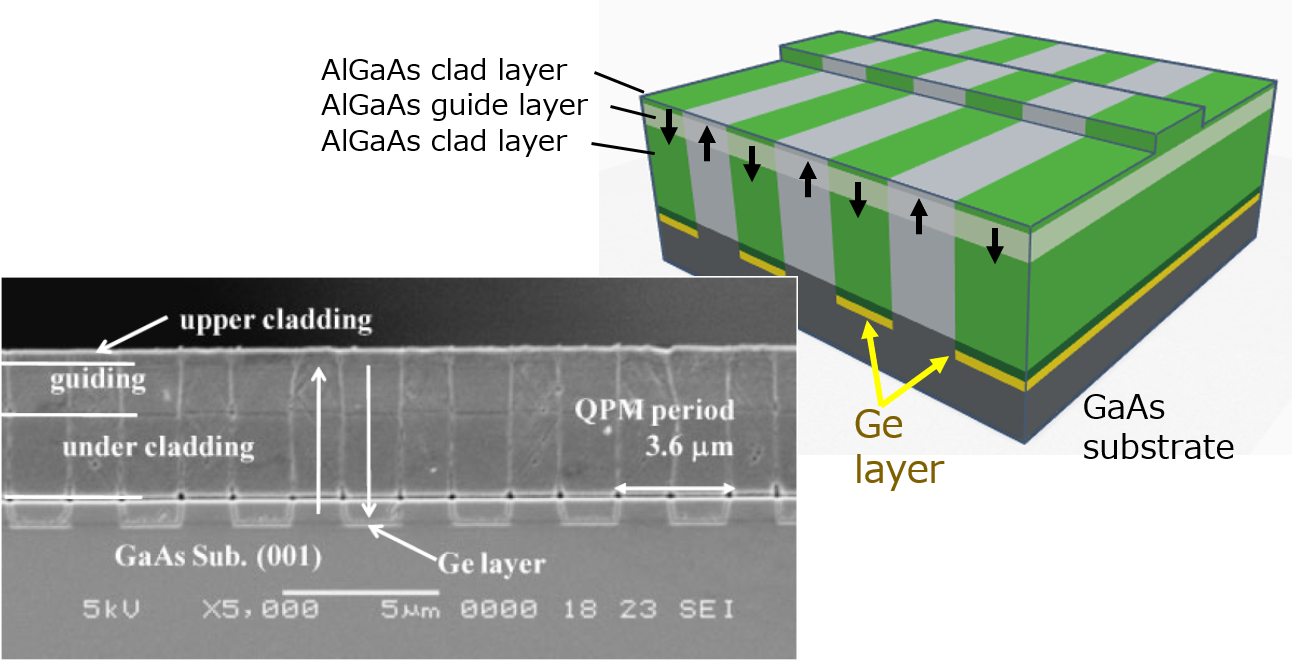日本語 / English
TEL. (+81)03-5452-5170
University of Tokyo, Department of Materials Engineering/
Research Center for Advanced Science and Technology
We are researching semiconductor materials with potential applications in photonics by making full use of film formation methods that enable the fabrication of high-quality semiconductor crystals.
In particular, we are studying the physical properties of metal halide perovskite semiconductors, which are promising materials for high-efficiency, large-area thin-film solar cells, with the aim of understanding high-quality crystal growth and power generation mechanisms.
[Ongoing Research Topics...]
Research on heteroepitaxial film fabrication
We are studying heteroepitaxial thin films of halogenated perovskite thin films deposited on single crystals, which are expected to be used for light emitting and light receiving devices.
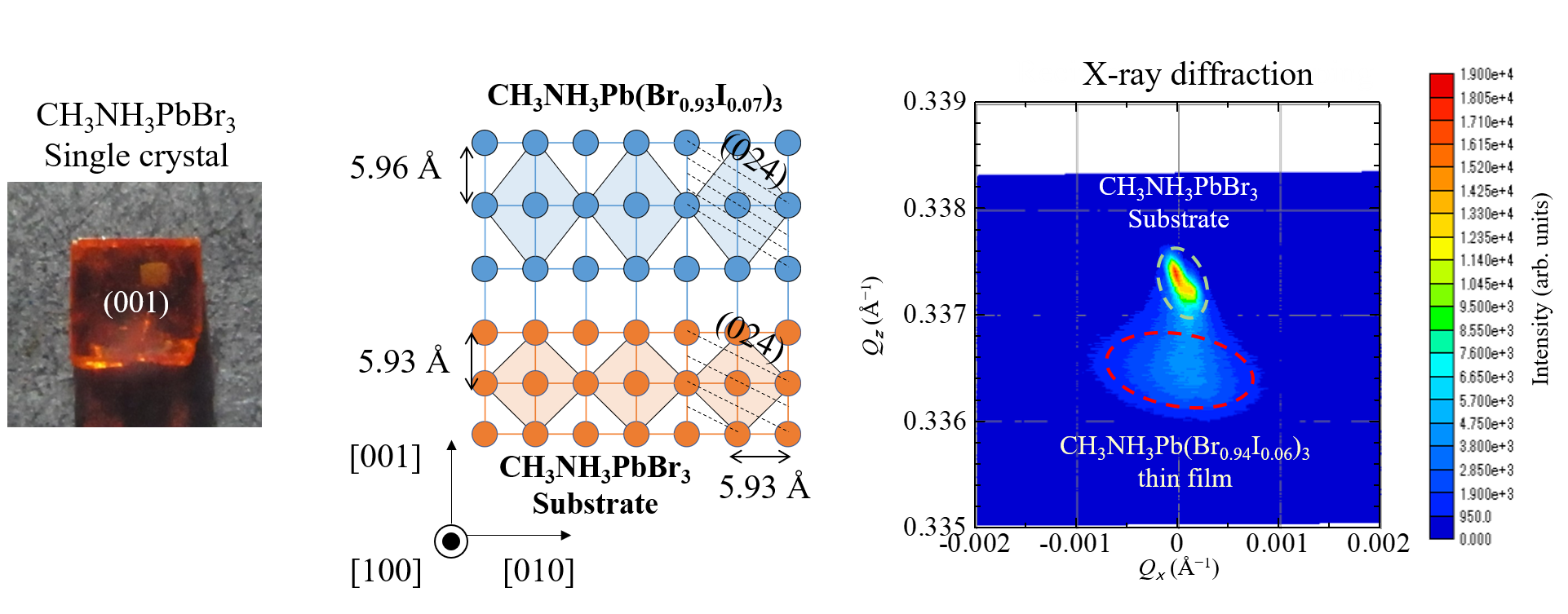
Study of all-inorganic perovskite semiconductor thin film fabrication
We are conducting research on the fabrication of high-quality thin films of all-inorganic halogenated perovskite CsSnBr3 films, which are expected to have long-time stability and high environmental compatibility, by vacuum co-evaporation.
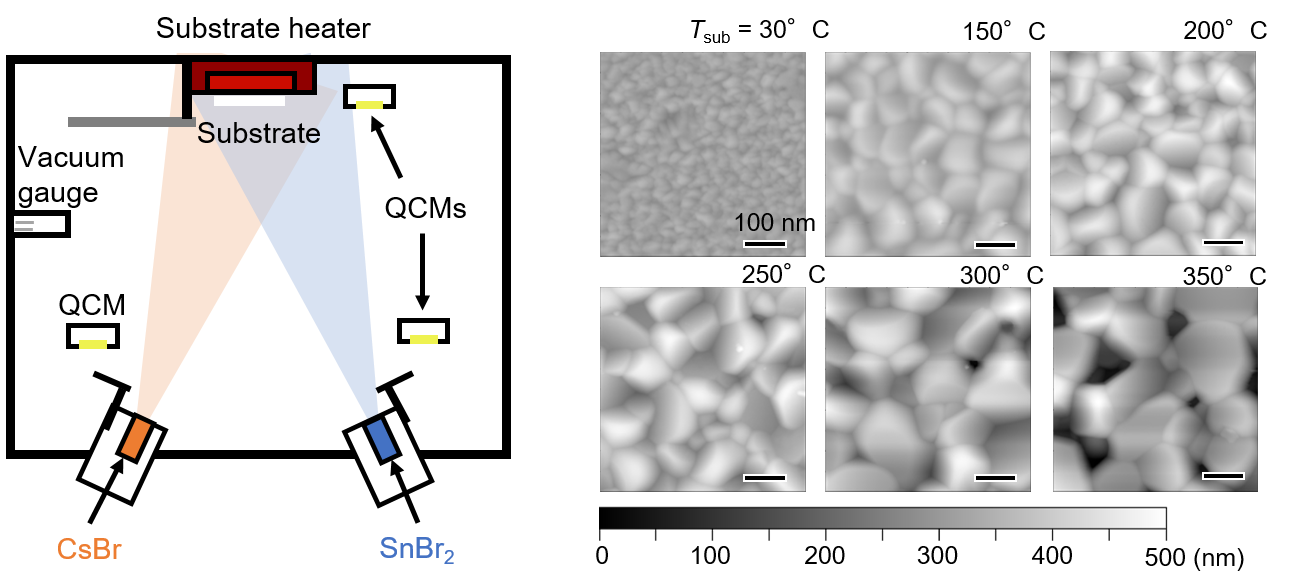
Study of all-inorganic perovskite mixed crystal thin film fabrication
We are studying the fabrication of high-quality thin films of Zn-doped all-inorganic halide perovskite CsSnBr3 films, which are expected to have long-time stability and high environmental compatibility, by vacuum co-evaporation and their application to solar cells.
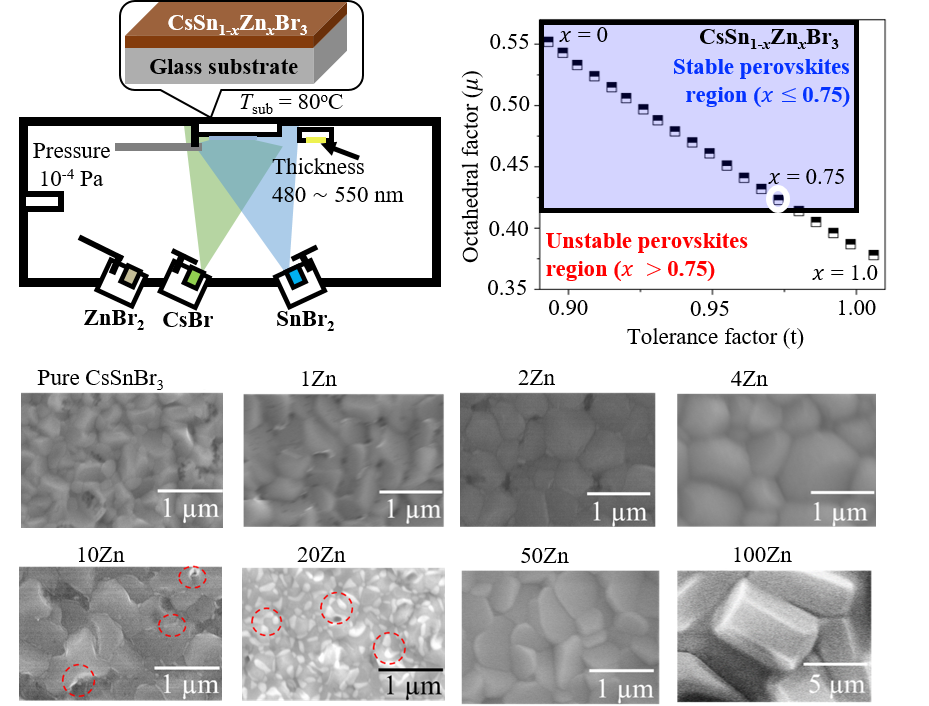
Perovskite semiconductor double heterostructure thin film films
We are conducting research to realize thin films with a tabular heterostructure, which is expected to be applied to light-emitting devices.
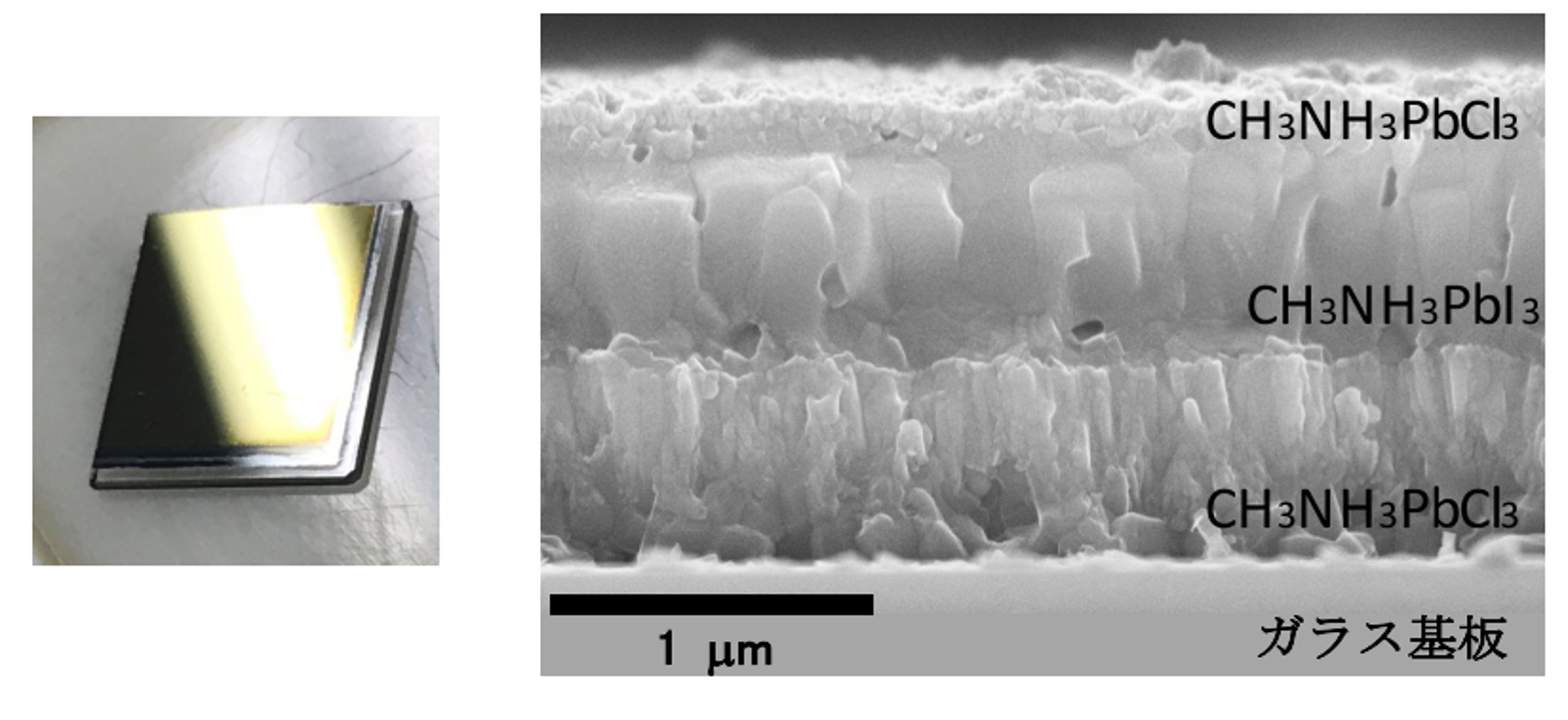
Terahertz wave generation from organic ferroelectrics and ferroelectric domain visualization
We are studying terahertz wave generation by femtosecond laser irradiation and ferroelectric domain visualization using it in organic ferroelectrics, which are expected to be applied to next-generation electronics and photonics devices.
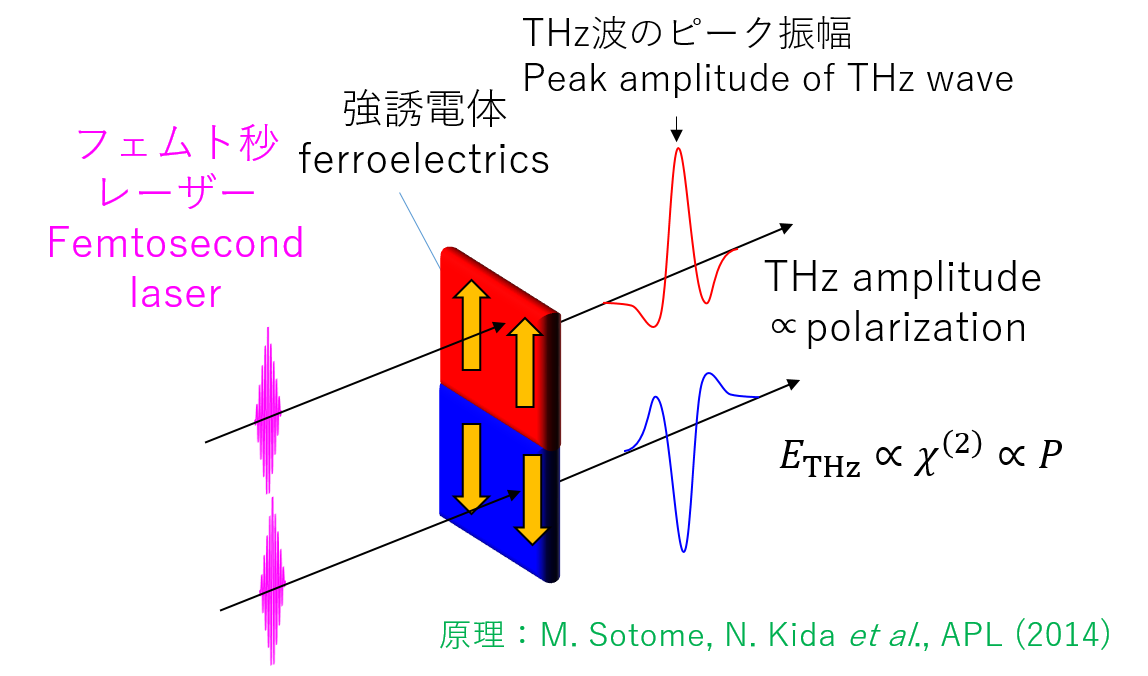
[History]
Study of spoontaneous hybridization and photoinduced spinodal decomposition
We found that sequential stacking of lead halide perovskite polycrystalline thin films of CH3NH3PbI3 (iodine-based) and CH3NH3PbBr3 (bromine-based) spontaneously hybridizes, while photo-induced spinodal decomposition occurs, separating the two compositions upon light absorption.
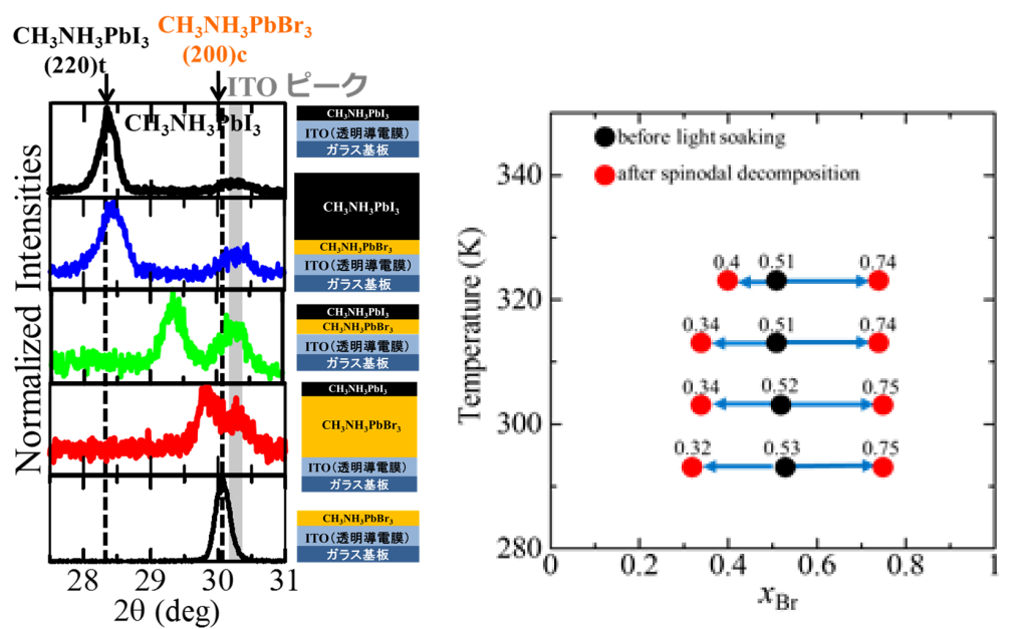
Sublattice-exchanged GaAs superlattice growth and wavelength conversion devices
We have researched the high-performance wavelength conversion devices that are expected to be applied to large-capacity optical communications and spectroscopy.
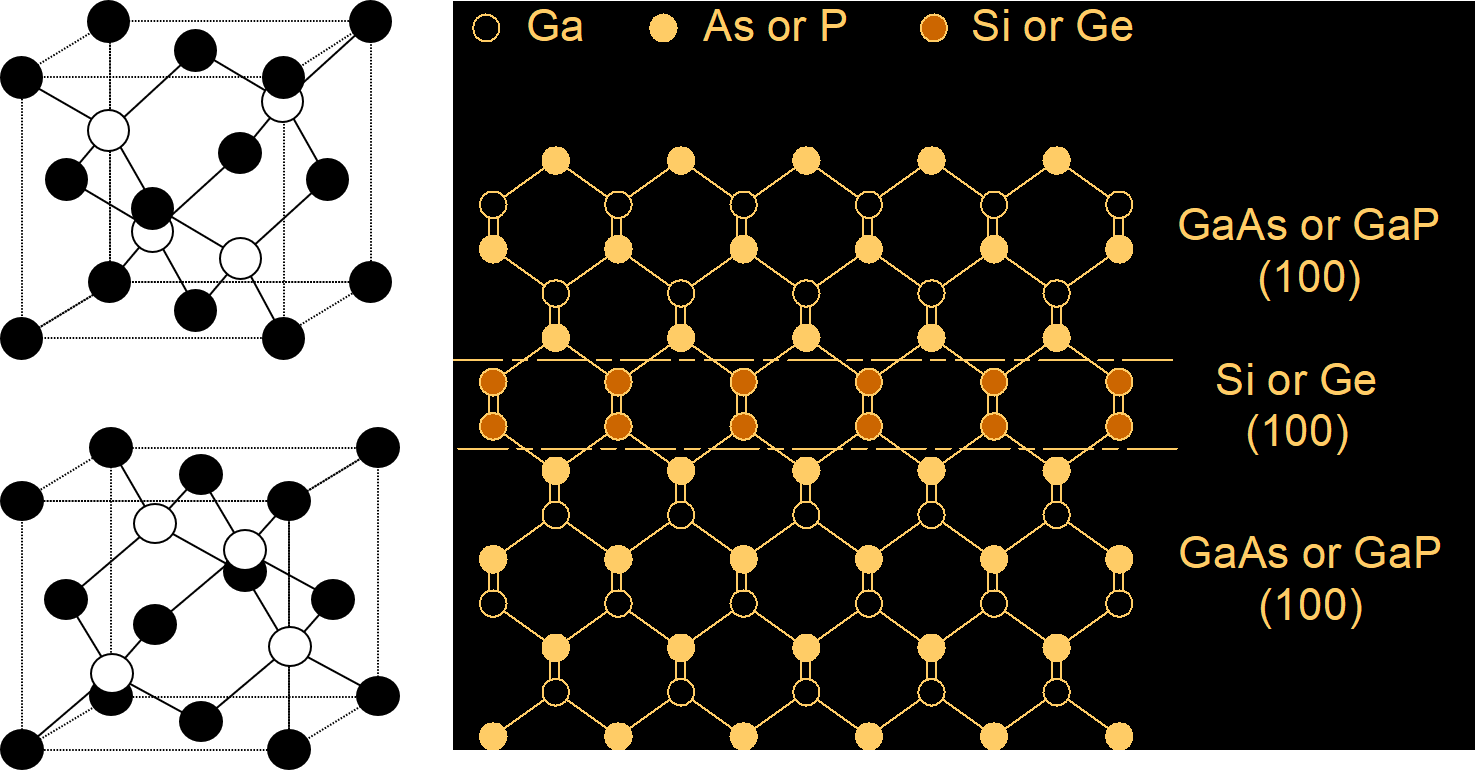
Waveguide type pseudo-phase matching wavelength conversion element
We researched the compound semiconductor crystal growth technology for wavelength conversion devices. Since compound semiconductors have extremely large nonlinear optical constants, they are excellent as wavelength conversion materials. We have independently developed and researched sub-lattice exchange epitaxy that controls the orientation of compound semiconductor crystals at the atomic level.
